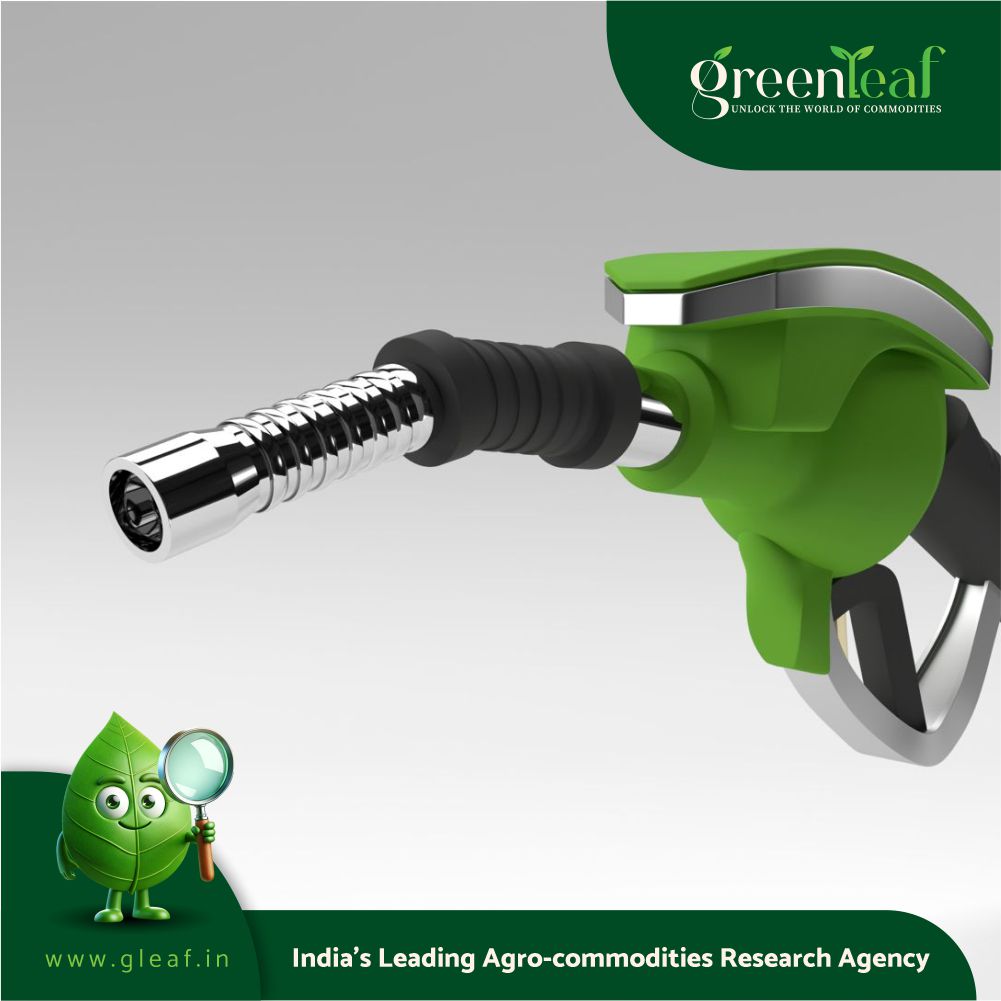New Delhi: Average ethanol blending in petrol crossed 15% for the first time in May as oil companies ramped up purchases from biofuel makers whose production capacity has sharply risen in recent years.
State-run oil marketing companies blended about 670 million litre of ethanol in petrol in May, reaching an average blending ratio of 15.4%, according to the oil ministry data. This is substantially higher than the 515 million litre of ethanol used in April to achieve a monthly blending ratio of 12.7%.
About 3.51 billion litre of ethanol has been blended for a national average of 12.6% for the current ethanol supply year that began in November 2023. The average blending was 12.1% in the ethanol supply year 2022-23, 10% in 2021-22, and 8.1% in 2020-21. It was 1.5% a decade earlier. India has set a target to increase the national blending average to 20% by next year. About 14,600 fuel stations operated by state oil companies are already dispensing petrol blended with 20% ethanol. Some ethanol producers complained last month that biofuel stocks had been rising at their facilities for some months and blamed state-run oil companies for this. They said oil companies were not lifting enough volume probably due to lack of sufficient storage. The increased blending ratio in May shows oil companies have ramped up ethanol purchases. Distilleries want all their volumes taken off their hands by oil companies as quickly as possible as this would fetch them quick cash, an oil industry executive said. But oil companies have limited storage capacity at their depots, he said. The storage capacity is being expanded to help receive more ethanol supplies as companies prepare to meet the 20% blending target, he added.
Most vehicles on the road today can easily use 10% blended petrol but will need to make minor component changes to use 20% blended petrol.
Ethanol has about a third less energy per unit volume than petrol. A 20% ethanol-blended petrol, therefore, offers about 6-7% less fuel efficiency.
















